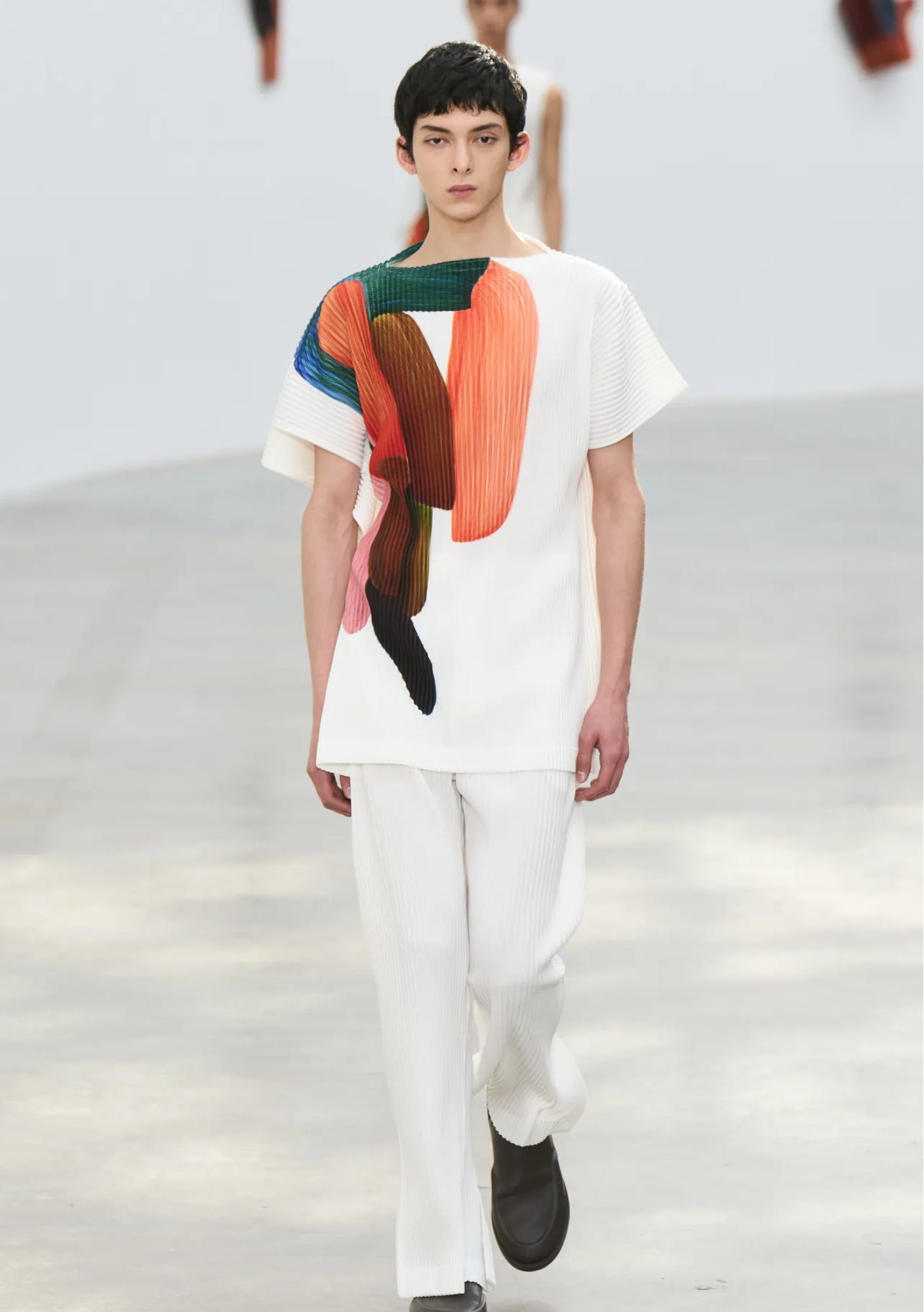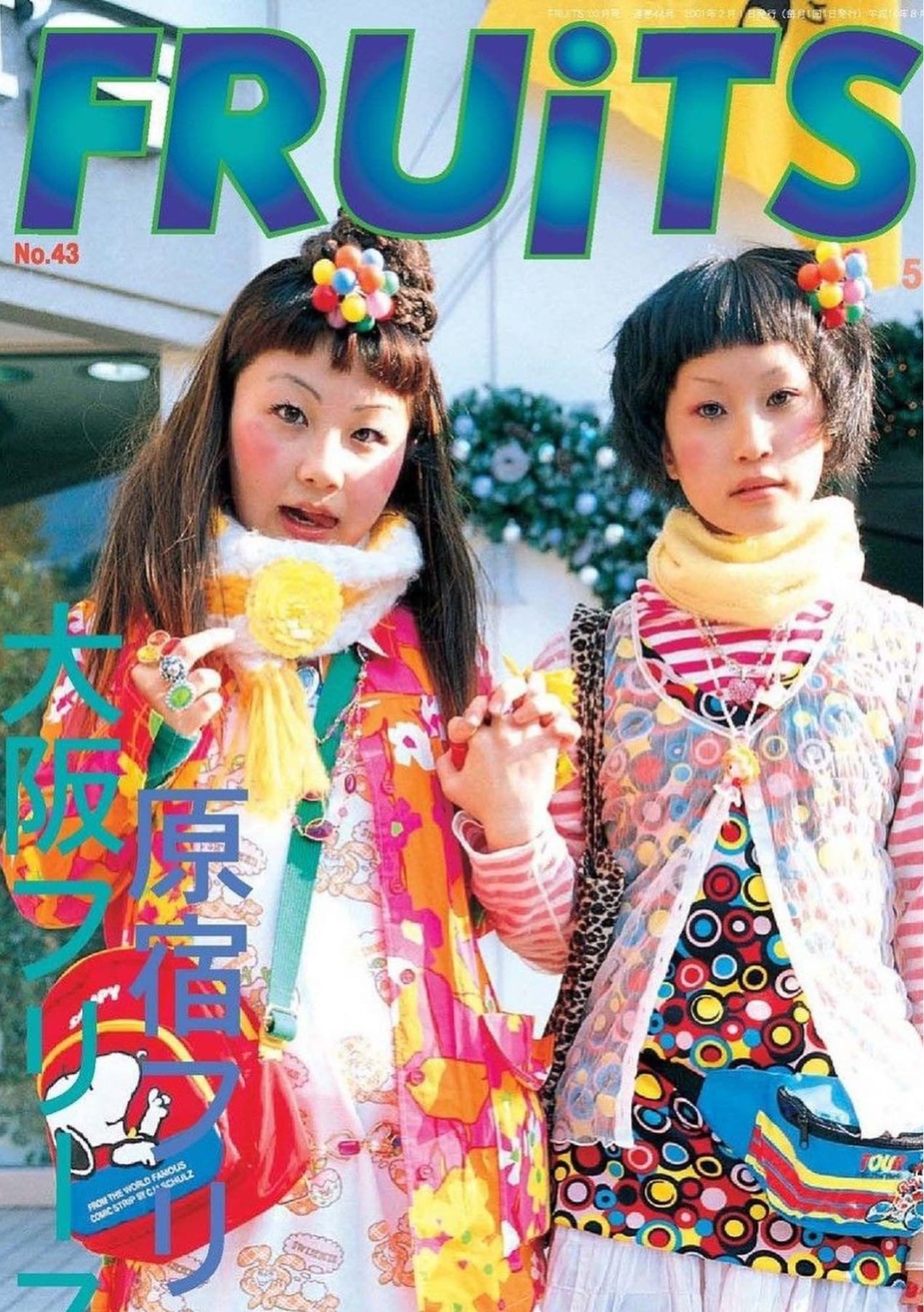The Influence Of Japanese Streetwear On Global Fashion
Japan’s influence on streetwear begins with the amalgamation of subcultures that define the streets of Tokyo, most famously Harajuku.
There’s an energy in the air when you walk the streets of Harajuku. The layers of culture, history, and unbridled self-expression come at you from every direction—an eclectic mix of past and future that describes what makes Japanese streetwear so influential. For decades, Japan has been a beacon of fashion innovation, a unique player on the global stage, and a place where fashion is more than what you wear; it’s a statement, a reflection of cultural and personal identity.
Japan’s influence on streetwear begins with the amalgamation of subcultures that define the streets of Tokyo, most famously Harajuku. From the dreamy frills of Lolilta fashion to the boldness of Visual Kei, Tokyo’s fashion district has long been canvases of individualism. These subcultures are simply not just trends; they push the boundaries and lay the groundwork for what would become part of the Japanese fashion ecosystem.

The evolution of Japanese fashion was heavily influenced by the likes of Nigo, the brain behind A Bathing Ape (BAPE), who brought Japanese streetwear into the international spotlight with camo prints, shark hoodies, and an aura of exclusivity. Not far behind was Hiroshi Fujiwara, the “godfather of streetwear,” who built bridges between Tokyo and cities like New York and London, influencing brands that would soon scramble to infuse their collections with a touch of Japan’s street style.
To understand why Japanese streetwear resonates so deeply with fashion mavens, one needs to appreciate the underlying philosophy of wabi-sabi. Paul S. Atkins of The Conversation said that wabi-sabi is described as a traditional Japanese aesthetic: the beauty of something perfectly imperfect, in the sense of “flawed” or "unfinished". This philosophy lives in the works of visionary designers like Rei Kawakubo, Issey Miyake, and Yohji Yamamoto. Kawakubo and her label Comme des Garçons shattered Western ideals by presenting pieces that seemed torn, unfinished, or asymmetrical. It provokes the meaning of fashion; each stitch challenges the norms of what fashion should be.
Similarly, Yamato’s vision took a similar route. He once said that he wanted “to make men’s clothes for women”; his designs were mostly covered in black and often draped in androgynous and fluid silhouettes, which became popular amongst fashion lovers who sought pieces beyond gender. Miyake, with his iconic pleats and collections built from single pieces of cloth, adds minimalism with innovation, showing the fashion world that simplicity could be as exciting as maximalism. All of this is a nod to wabi-sabi, and it still echoes to both established designers like Rei Kawakubo, Issey Miyake, and Yohji Yamamoto and emerging fashion designers Akiko Aokie and Hideaki Shikama.
Kawakubo, Miyake, and Yamamoto were already a force to be reckoned with by the time they hit the runways of Paris in the 1980s and 1990s. Their avant-garde presentations were met with both awe and skepticism. At this time, Paris was dominated by the glamorous silhouettes popularized by the likes of Dior and Chanel and the sparkle of 1980s glam—and they were definitely not prepared for the disruption these Japanese designers would bring.
Kawakubo’s all-black ensemble and uneven forms drew criticism and intrigue that inspired designers like John Galliano, who famously infused Japanese motifs into his collections. For example, in his autumn/winter collection in 1994, Galliano presented a collection that featured supermodel Linda Evangelista in a tailored kimono-inspired piece, paired with an obi-style belt with floral embroidery. In addition, Alexander McQueen’s spring/summer 2015 collection featured kimonos, python dresses, and kabuki-style masks set against the orchid sculptures by Marc Quinn. Till today, kimono-inspired silhouettes and embroidered dragons continue to surface in streetwear and high fashion, representing the undying fascination with Japan’s visual storytelling.
Japanese fashion was published in FRUiTS magazine, founded by Soichi Aoki in 1997. The magazine showcased the vibrant streetwear of Harajuku and how fun Japanese fashion is. FRUiTS didn’t just document fashion; it became a manifesto for how style could be an extension of self, encouraging subcultures like Lolita and Decora to thrive. Eventually, western streetwear brands and consumers soon adopted these influences, mixing their local styles and creating new forms of hybrid fashion. Notably, Maharishi's fall/winter 2023 collection was inspired by the Japanese martial arts and the tactical prowess of Ninjas in feudal Japan.
Japan’s forward-thinking approach doesn’t stop at tradition; Ttop Threads said that the marriage of technology and fashion, spearheaded by designers like Yoshiyuki Miyamae of Issey Miyake, has redefined what clothing can be. He integrates high-tech materials like polyurethane and neoprene with cutting-edge techniques such as heat-bonding and laser-cutting, crafting garments that blend style, high performance, and environmental sustainability.
Japan’s contribution to the fashion industry is not limited to a single chapter; it’s an ongoing narrative. From the avant-garde to streetwear, the philosophy of wabi-sabi, the adoption of traditional motifs, and technological advancements have transformed how fashion is conceived and consumed. The legacy of designers like Kawakubo, Yamamoto, and Miyake is felt not just in their collections but in the ethos of countless Western labels inspired by their courage to defy norms.
Japan’s streetwear scene remains a touchstone of innovation and authenticity, reminding us that fashion’s true power lies in its ability to cross borders, tell stories, and challenge conventions. In a world where everything is accessible, the allure of discovery—wrapped in the folds of a kimono, hidden in the asymmetry of a Rei Kawakubo piece, or printed on a streetwear hoodie—continues to captivate and inspire.
If you want to see more of us, subscribe to get our awesome newsletter!






